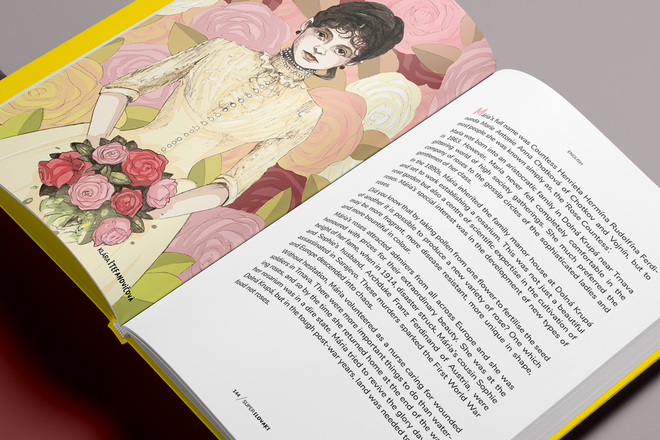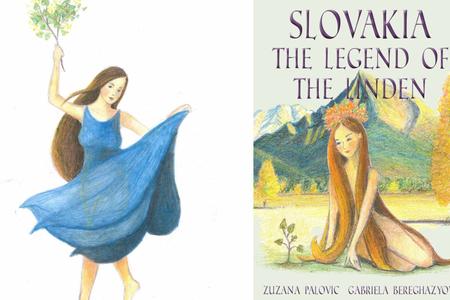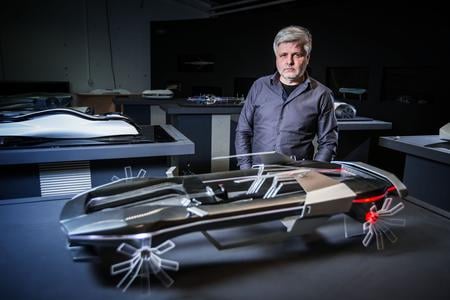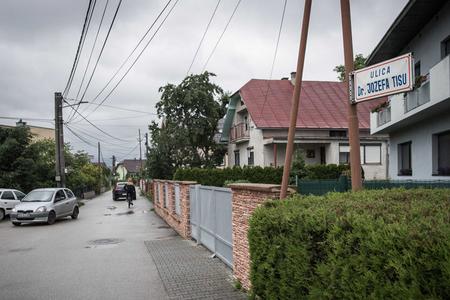Who doesn’t love a good superhero story?
The triumphant tale of an ordinary person with extraordinary abilities and fashionable suits is a classic trope that has the ability to move even the most grounded among us.
But arguably more compelling are the stories of the real freedom fighters, trendsetters and rule breakers that have shaped our modern world.
Super Slovaks / Super Slováci, co-authored by Zuzana Palovic, Gabriela Bereghazyova, and David Keys, details the lives of 50 prominent Slovaks who changed the country — most of them for the better.
Vibrant and educational
As the title suggests, Super Slovaks / Super Slováci is written in both English and Slovak. It is geared towards older children, but adults will likely learn some new information about Slovak history and the individuals that shaped it. Each story is finished off with a provoking question, often prompting the reader to complete an activity related to the themes of the story. Without a doubt, this is the greatest strength of the book: it is designed to educate the reader and effectively does so in a fun and engaging way.
The illustrations of Nataša Štefunková, Dávid Marcin, Klára Štefanovičová, Lucia Grejtáková and Masha Dombaeva inject the book with vibrancy and flair while the accompanying activity book, created by David Keyes, a history teacher for British International School Bratislava, educates readers by engaging both the left and right side of the brain.
The book includes the well-known greats of Slovakia, such as Ľudovít Štúr, who codified the Slovak language, and Milan Rastislav Štefánik, one of the founders of the first independent Czechoslovak Republic. It also spotlights lesser-known yet all-the-more impactful Slovaks such as Panna Cinka, a Roma violin player born in 1711. Did you know Cinka is the only Roma person in Slovakia to have a statue built in her honour?
Some villains and a questionable hero
Modern additions include Slovak President Zuzana Čaputová and investigative journalist Ján Kuciak, whose 2018 murder led to the biggest protests around the country since the Velvet Revolution.
However, two of the 50 Slovaks mentioned, former President of Czechoslovakia Gustáv Husák and former Slovak prime minister Vladimír Mečiar, are far from super. The authors are careful to point out, through disclaimers and strokes of deep red paint on the page, that these two men had a terrible impact on Slovakia.
Without a doubt, the dark spots of history must be brought to light, but one has to wonder if a book geared towards children is the best place to do so. At what age is a child old enough to discern between fame and infamy, imperfections and fatal flaws? This book is best read with an adult that can help the child reader navigate the murky areas of Slovak history. Plus, the vivid account of the death of Ján Jesenius, an opponent of the Catholic king who was beheaded and quartered out of fear that through his expansive medical knowledge, he could bring himself back to life, might be too gory for younger children.
Super Slovaks also includes the Slovak version of Robin Hood, Juraj Jánošík, describing him as the “ultimate Slovak hero”. While the legend of Jánošík and his mischievous misadventures are told throughout Slovakia and memorialised through statues and cartoons, one wonders why this questionable Slovak hero should be included among the indisputable greats in the first place.
Nevertheless, a majority of the Slovak creatives, inventors and freedom fighters included in this book deserve to be there. Children will be thrilled to learn that hockey legends Pavol Demitra and the Šťastný brothers also fought for a better Slovakia off the ice while some of the most recognised innovations in the world, including the flying car and the parachute, were shaped by Slovak hands.





